The 9/11 Flip
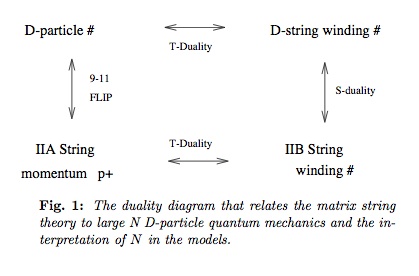 Ok, so here goes. A bit of physics linked to this all so significant date. There’s this term that people in string theory were using a lot in the middle to late 90’s, called the “9/11 flip”. I think maybe the Verlinde brothers, Erik and Herman, possibly in conjunction with Robbert Dijkgraaf, made the term popular but I am not sure about that and I welcome a correction. [Update, since there is some confusion: I’m talking about the term here, not the technique itself, which is older.]
Ok, so here goes. A bit of physics linked to this all so significant date. There’s this term that people in string theory were using a lot in the middle to late 90’s, called the “9/11 flip”. I think maybe the Verlinde brothers, Erik and Herman, possibly in conjunction with Robbert Dijkgraaf, made the term popular but I am not sure about that and I welcome a correction. [Update, since there is some confusion: I’m talking about the term here, not the technique itself, which is older.]
(On right (click for larger) is a snapshot of one of the figures from their influential 1997 “Matrix String Theory” paper. You can see the use the term there, and it is in the paper’s text too, and soon everyone was using it in seminars and other papers to follow.)
The flip became particularly useful when people were discovering the wonders of “M-theory”, which is the catch-all term for whatever is the parent theory of string theory, something we are still trying to formulate. There are a number of narrower uses of the term, however – some more justified than others. For a while, everyone was thinking about the five ten-dimensional supersymmetric string theories (“type IIA”, “type IIB”, “type I”, and two types of “heterotic” theory) which, prior to the middle of 1995 (actually as early as late 1994 or early 1995) all seemed like totally distinct theories, and in the post middle-1995 era (after Witten’s remarkable talk at strings 1995 here at USC: paper here) were recognized to be all part of the same theory. The universe (at least the continually expanding string theory one) changed radically overnight.
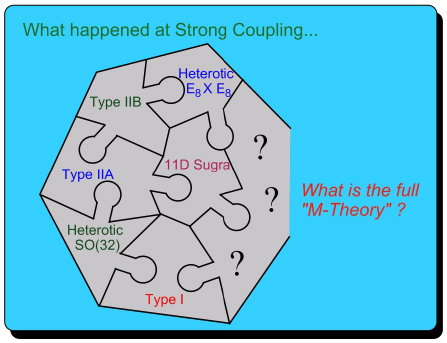
(One of my preferred ways of presenting the puzzle that is M-theory, and how the ten dimensional string theories fit in the puzzle. This is a slide from one of my general talks on the subject.)
The 9/11 flip is really simple, although when a setting is complicated enough, it can […] Click to continue reading this post

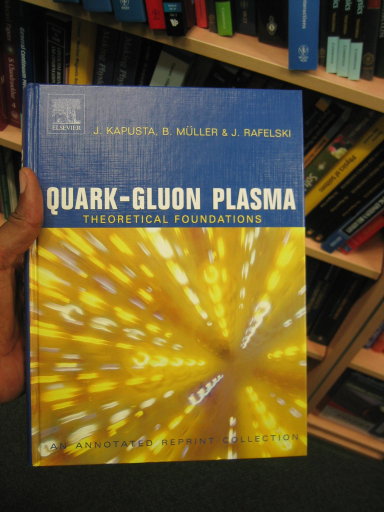
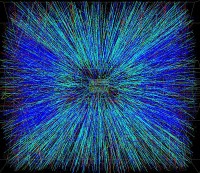
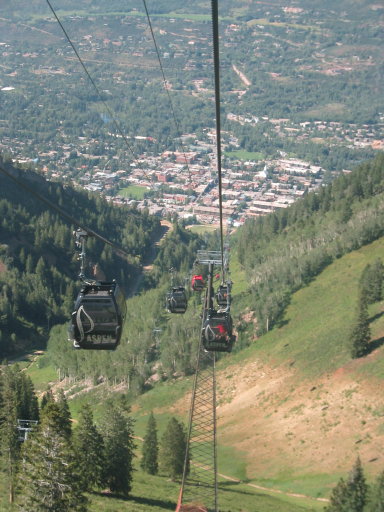

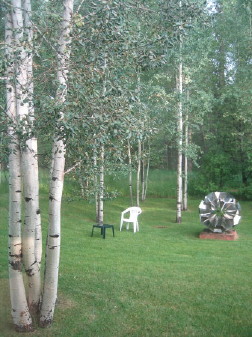
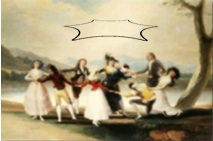
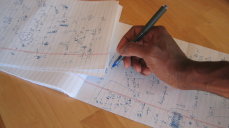 Yes, part of my job is to sit and think about how the universe works. People hear this, and they wonder exactly what that entails. Well, it entails a lot of things – sometimes there’s the grand thoughts and the thought experiments and the like that you hear of from documentaries and books about Einstein and other famous scientists – but more often that not it is grungy nuts and bolts.
Yes, part of my job is to sit and think about how the universe works. People hear this, and they wonder exactly what that entails. Well, it entails a lot of things – sometimes there’s the grand thoughts and the thought experiments and the like that you hear of from documentaries and books about Einstein and other famous scientists – but more often that not it is grungy nuts and bolts.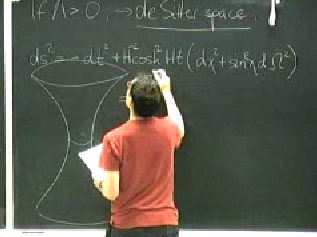 Well, the great news is that the TASI people are making the lectures available online a fairly short time after their delivery. The link is here. So even though not there, you can schedule some time to take these lecture courses if you like. I glanced for a while at Raphael Bousso’s first lecture in the series “Cosmology and the Landscapeâ€, and it was clear and very well presented. (This is not entirely surprising – Raph is always an excellent lecturer.) […]
Well, the great news is that the TASI people are making the lectures available online a fairly short time after their delivery. The link is here. So even though not there, you can schedule some time to take these lecture courses if you like. I glanced for a while at Raphael Bousso’s first lecture in the series “Cosmology and the Landscapeâ€, and it was clear and very well presented. (This is not entirely surprising – Raph is always an excellent lecturer.) […] 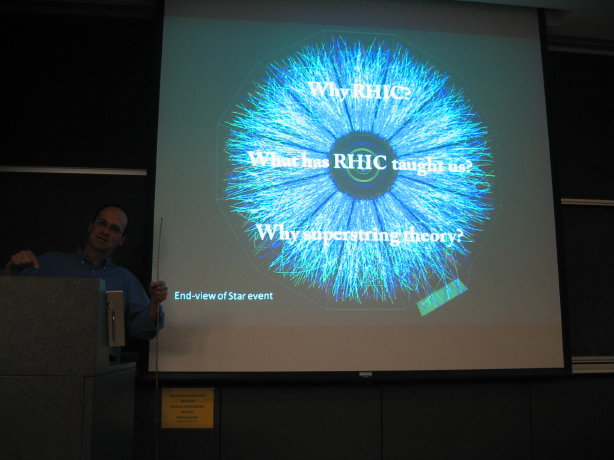
 Sometimes the journalists and editors get it right. In fact, they get it right a lot of the time, but you hear more about the complaints (sometimes from me, sometimes elsewhere) about them getting it wrong, when it comes to things like science coverage especially. What am I talking about? I’m talking about the set of questions and answers that are in a new article on MSNBC that a number of people pointed out to me yesterday and today. It starts out as an article about Brian Greene’s science outreach efforts (books, and tv and movie appearances, including a new one), with some discussion of how this is regarded by his colleagues, the value it has had in raising public awareness of physics (and fundamental science in general, I would argue), and so forth. All that is interesting, but not nearly as interesting to me right now as the later parts of the article which is simply a question and answer session. (Picture above right is from a fun joke I carried out last year that you can read here – be sure to read the comments too.)
Sometimes the journalists and editors get it right. In fact, they get it right a lot of the time, but you hear more about the complaints (sometimes from me, sometimes elsewhere) about them getting it wrong, when it comes to things like science coverage especially. What am I talking about? I’m talking about the set of questions and answers that are in a new article on MSNBC that a number of people pointed out to me yesterday and today. It starts out as an article about Brian Greene’s science outreach efforts (books, and tv and movie appearances, including a new one), with some discussion of how this is regarded by his colleagues, the value it has had in raising public awareness of physics (and fundamental science in general, I would argue), and so forth. All that is interesting, but not nearly as interesting to me right now as the later parts of the article which is simply a question and answer session. (Picture above right is from a fun joke I carried out last year that you can read here – be sure to read the comments too.)
